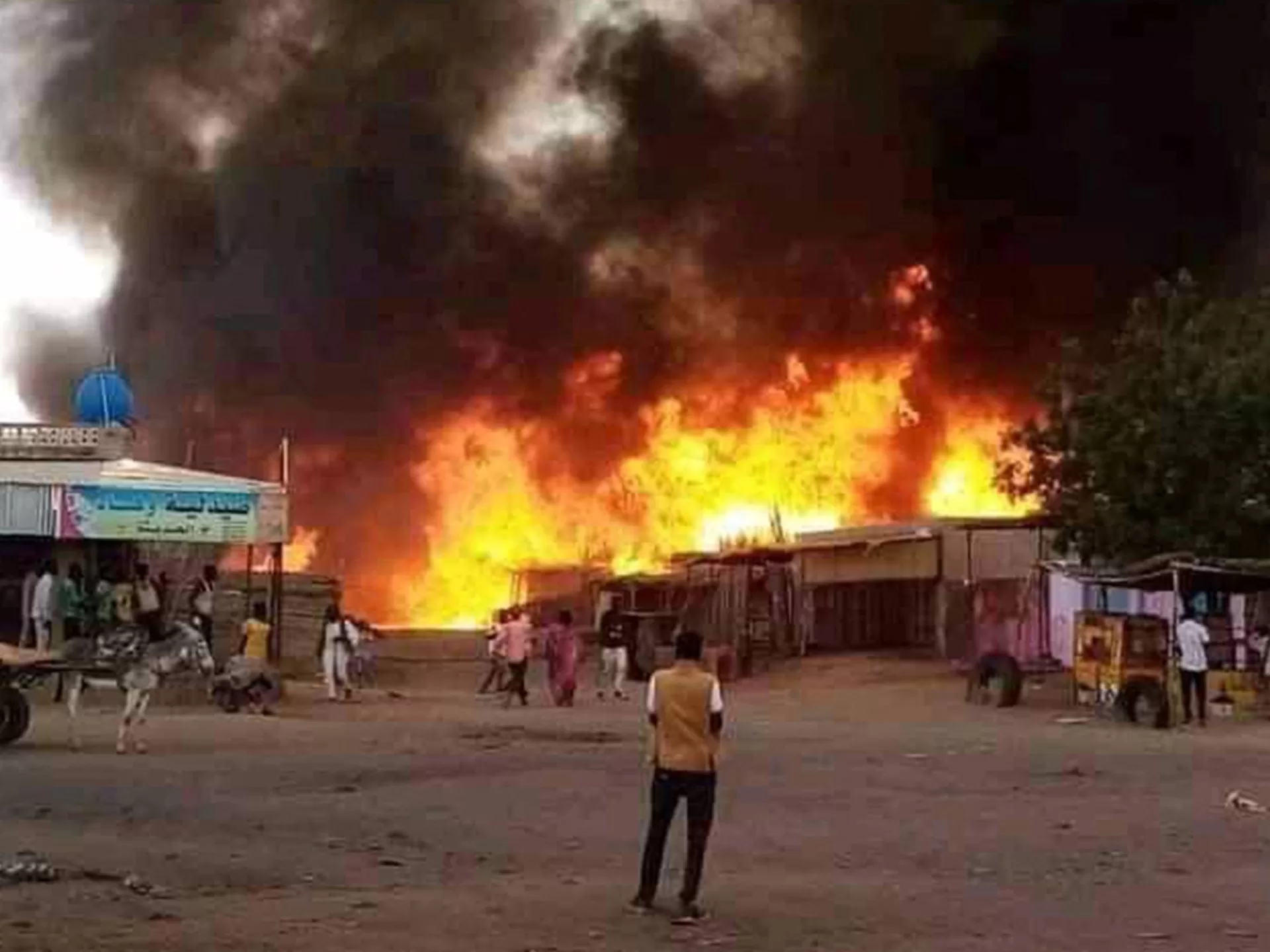Investigators from Sudan Witness are using open source technology to document the systematic use of fire by combatants.
Investigators from Sudan Witness, an open-source project run by the nonprofit Center for Information Resilience, said on Monday that April was the worst month in terms of the number of fires recorded and settlements affected since war broke out between Sudan’s military and a rival paramilitary in April 2023.
“When we see reports of fighting or airstrikes coinciding with clusters of fires it indicates that fire is being used indiscriminately as a weapon of war,” project director Anouk Theunissen said in a statement.
“The trend is worsening and continues to lead to the mass displacement of Sudanese people.”
The analysis didn’t provide any casualty figures related to the fires.
At least 201 fires have resulted from the fighting since the war began, according to Sudan Witness.
The paramilitary Rapid Support Forces (RSF) has often used fire, setting entire villages ablaze, especially in western Sudan’s Darfur region.
The number of fires surged last month, particularly north and west of el-Fasher, the capital of North Darfur state, which faces an imminent attack.
El-Fasher saw intense fighting on Friday between the Sudanese military and the RSF and their allies. At least 27 people were killed and dozens injured, the United Nations Office for the Coordination of Humanitarian Affairs (OCHA) said, and more than 800 people were displaced.
Sudan Witness estimated that 31 settlements were affected by fires in April when the RSF mounted an offensive on el-Fasher. It said the fires had a destruction rate of more than 50 percent.
The analysis also found that blazes have hit at least 51 settlements for displaced people more than once.
The organisation has been mapping fires in Sudan since the conflict began using satellite imagery, publicly available fire monitoring data from NASA and social media content to investigate and assess patterns of fires, principally in Darfur and Kordofan.
According to Theunissen, open source techniques have enabled investigators to shed light on a conflict that has limited coverage from the ground.
“International journalists find it near impossible to report from Darfur,” Theunissen said.
“Open source plays a critical role in showing the world what’s happening there – and in ensuring there’s an archive of verified data to support justice and accountability efforts in the future.”
